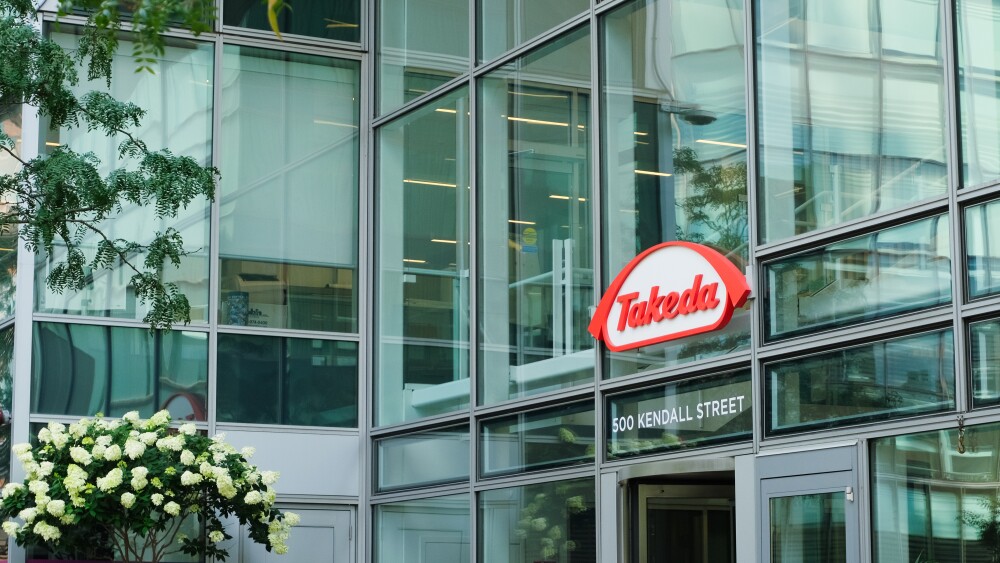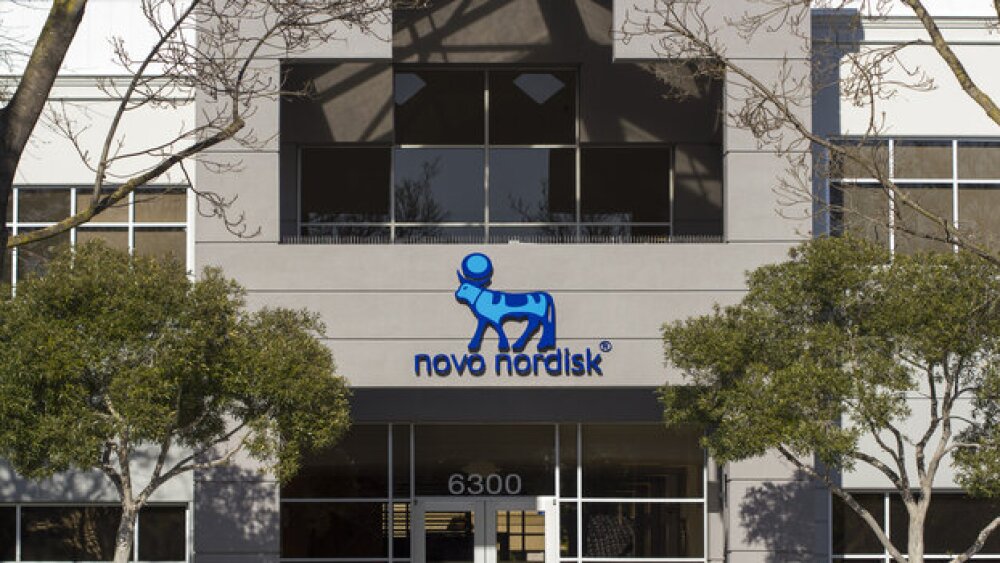Nasal spray vaccine delivery for COVID-19 has been explored by multiple companies since the beginning of the pandemic.
Nasal spray vaccine delivery for COVID-19 has been explored by multiple companies since the beginning of the pandemic. It is thought that this form of intranasal delivery could be more effective in preventing disease due to the augmentation of mucosal immunity, meaning it would block the virus where it typically initiates in individuals as the nose is often the point of entry into the body.
The mucus membranes can produce B cells, which, in turn, produce immunoglobin A (IgA) antibodies. These antibodies work on mucosal surfaces that are found in the nose, lungs and stomach.
Multiple companies have been working on this kind of approach, such as Bharat Biotech’s BBV154, Maryland-based Altimmune’s AdCovid (which was unsuccessful in the clinic), as well as Codagenix and London’s pHOXBIO Ltd., both of which advanced studies this past fall. Vivaldi Biosciences is developing a combination COVID-19 and flu vaccine that is delivered as a nasal spray. In animal models that asset showed significant protection against both viral threats.
More researchers are looking at this form of delivery. In Australia, scientists are seeing promise through daily dosing of interferons through the nose. The spray, which was developed by scientists at the Peter MacCallum Cancer Centre and the Royal Melbourne Hospital, has been studied in a small number of cancer patients and, so far, has been able to keep them from developing COVID-19. Melbourne has gone through multiple lockdowns due to the viral threat and these patients are among the most vulnerable given their suppressed immune systems.
According to the Daily Mail, the Australian scientists are looking to expand the study of the intranasal interferon spray. Anyone in Australia with a past or current cancer diagnosis is eligible to take part in the four month trial, the report said. The team hopes to study the spray and the results with the expanded patient roster over a period of four months.
Back in the United States, researchers at Stanford University are also pushing forward with an intranasal vaccine candidate. The research in California is currently in the early stages of animal testing, but so far, the results appear to be promising. In tests with mice, the aerosol is showing efficacy against protecting a pseudovirus that closely resembles SARS-CoV-2, the university reported.
According to a report from the Stanford University news agency, the intranasal spray uses gold nanoparticles that contain “bits of harmless, virus-mimicking DNA” that harness antibodies and other immune cells to fight and neutralize the viral threat. Those particles are also designed to act as a physical barrier against infection. The nanoparticles are believed to be able to limit the amount of virus particles that can enter the respiratory system, which would not only limit infection in the protected individual, but also potentially reduce transmission of the virus to other people.
“So far, the results we’re seeing with the intranasal vaccine are incredibly encouraging,” Ramasamy Paulmurugan, one of the Stanford researchers, said.
Stanford’s team was quick to note that the results seen with the mice are no indication of how the spray could work in humans. More testing is needed before human trials can begin.
While no intranasal vaccine has yet to be authorized against COVID-19, it will not be surprising if more effort is placed on this delivery option. Earlier this month, researchers from Yale University, published a report that showed intranasal delivery provided greater protection against heterologous respiratory viruses in mice compared to the gold-standard intramuscular injections. Their findings were published in the journal Science Immunology.





